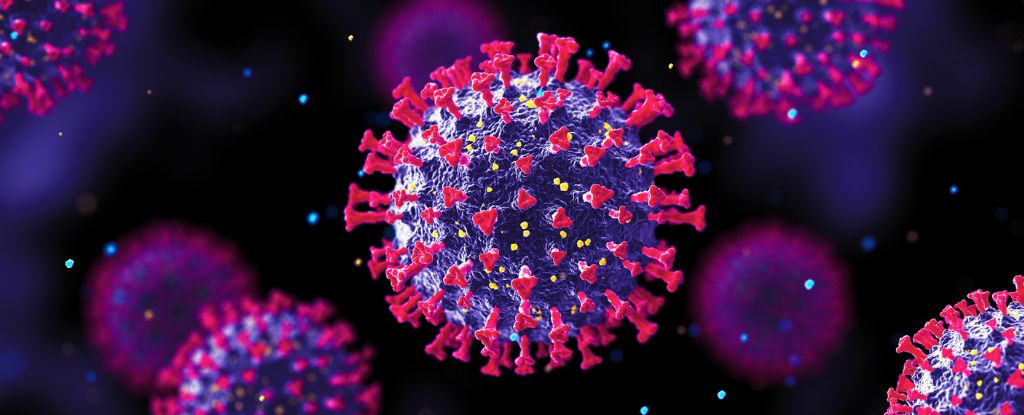COVID-19 is defined as a respiratory infection, but the impact of the novel Coronavirus are certainly not limited to one organ.
Dozens of recent autopsies show continuing evidence of this SARS-CoV-2 throughout the body, including the lungs, heart, spleen, kidneys, liver, colon, chest, muscles, nerves, reproductive tract, eye and brain.
One autopsy found remnants of the novel coronavirus in the brain of a deceased patient 230 days after they first showed symptoms.
“Our data indicate that SARS-CoV-2 can cause systemic infection in some patients and persist in the body for months,” conclude the authors of the study led by researchers from the United States National Institutes of Health (NIH).
In the past, Autopsies of people infected with COVID-19 have shown preliminary evidence of multiorgan spread, with genetic remnants of the virus Appears in a variety of tissues, organs, and fluids.
In July 2020, further autopsies showed evidence of blood clots in almost every vital organ of those who had contracted COVID-19.
Now, new research from the NIH replicates and confirms these findings in more detail than ever before.
The researchers propose that their latest findings are the most comprehensive analysis to date of the cellular persistence of SARS-CoV-2 in the human body.
The study involved 44 autopsies, in which the researchers carefully detected and quantified the levels of SARS-CoV-2 messenger RNA in 85 sites and fluids. This genetic information indicates where the virus might have replicated over the course of a person’s life.
In autopsies conducted from April 2020 to March 2021, researchers found elderly, unvaccinated individuals who died from COVID-19 showed numerous signs of SARS-CoV-2 replication in a total of 79 sites and body fluids.
Additionally, some of the changes were visible within two weeks of the onset of symptoms.
Interestingly, while the lungs showed the most inflammation and injury, the brain and other organs did not often show significant tissue changes.despite significant viral load“.
The authors do not know why this is so. For example, it could be that the human immune system is not as good at attacking these other sites as it is at the lungs.
In later stages of recovery from COVID-19, researchers found evidence that the lungs were less infected than when they started, while other sites didn’t show nearly as much improvement.
“Our results show that the virus can spread throughout the body, although the highest burden of SARS-CoV-2 is in the tissue of the respiratory tract,” the researchers say conclude.
How the virus spread so widely is another mystery to be solved. The autopsies in the current study did not often show detectable virus residues in Blood plasma, suggesting the pathogen may have traveled around in other ways.
Understanding how SARS-CoV-2 spreads and persists in the human body could reveal a lot about why some patients develop COVID-19.
The NIH study did not experiment with long COVID Patient specific, but the results are relevant to possible treatment plans.
Antivirals, like PaxlovidFor example, could help the human immune system clear viral cells from tissues, organs and fluids that would otherwise be difficult to reach.
Perhaps that, in turn, can help reduce lingering symptoms.
“We hope to replicate the virus persistence data and examine the relationship to long COVID,” says one of the authors, Stephen Hewitt, of the National Cancer institute.
“In less than a year we have about 85 cases and we are working to expand this effort.”
The study was published in Nature.





